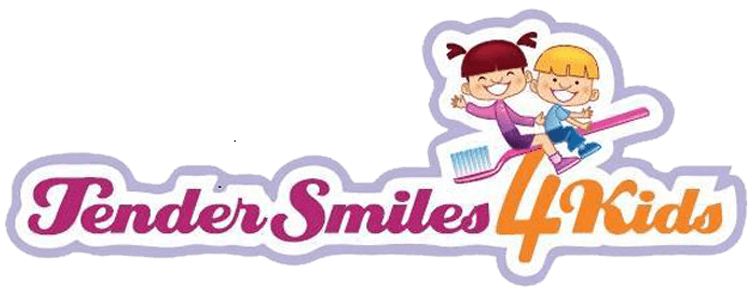Tongue thrusting is a relatively common issue in young children. The term refers to the act of pushing the tongue against the back of the front teeth, sometimes even pushing it between the front teeth or through gaps where teeth have not come in all the way.
Tongue thrusting can cause children to talk with a lisp and also cause orthodontic issues, which is why it is best to break the habit early. A tongue thrust appliance can help make it easier to break the habit and prevent adverse effects.
What Causes Tongue Thrusting?
Children who develop a tongue thrusting habit may do so for a variety of reasons, such as:
- Open bite. An open bite occurs when the front teeth don’t meet when the jaw is closed, leaving a visible gap between the front teeth on the top and bottom jaw.
- Under-descended incisors. The incisors are the official name of the front teeth that are used for biting food. If the incisors have not come in or are not fully descended, tongue thrusting is more likely to occur.
- Thumb sucking. Children who suck their thumb are more likely to be tongue thrusters because the habit encourages the tongue to move forward. Thumb sucking can also cause an open bite to occur because the thumb pushes the front teeth outward.
- Developmental delays. Sometimes tongue thrusting is an indication of, or an accompanying feature of, a developmental delay. If there are any other developmental abnormalities, it may be wise to speak with your child’s pediatrician as well.
What is a Tongue Thrust Appliance?
An orthodontic appliance has been created to break the tongue thrusting habit. A tongue thrust appliance fits behind the teeth against the roof of the mouth and blocks the tongue from thrusting forward against or between the teeth. A tongue thrust appliance can be removable or fixed.
- Removable: A removable tongue thrust appliance is similar to a retainer that a child can wear over their teeth. It can be worn for a certain length of time each day and removed to eat and brush teeth. A removable appliance is best if the habit is not too severe and for a child who will wear it as instructed.
- Fixed: A fixed tongue thrust appliance is attached via bands that fit around the back molars. The appliance remains in the mouth at all times until it is removed by a dentist or orthodontist. A fixed appliance is better for severe tongue thrusting habits because it provides a constant reminder and barrier for the tongue.
How Does a Tongue Thrust Appliance Break the Habit?
The appliance consists of a metal grate that prevents the tongue from pushing forward against the front teeth or protruding between them. It trains the tongue to stay back from the front teeth and breaks thumb or finger sucking habits. Because it is literally impossible for the child to continue the habit with the appliance in place, it is overwhelmingly successful.
How Long Does it Need to Be Worn?
The appliance may need to be worn anywhere from several months to a year. The length of treatment time depends on how long it takes to break the habit and how many hours a day a removable appliance is worn. The more the child wears it, the faster the habit will subside.
Tender Smiles 4 Kids Can Help Your Child Break the Tongue Thrusting Habit
If your child has a lisp when pronouncing the “S” sound or sucks their thumb frequently, a tongue thrust appliance may be able to help them break the habit. Besides the speech issue, tongue thrusting can also cause orthodontic issues that will need to be corrected later unless the problem is addressed now. Tender Smiles 4 Kids understands that prevention goes a long way in terms of orthodontics, and starting early can make treatment easier in the long run.
Contact us at any of our 4 convenient locations:
Freehold Office: 732-625-8080
North Brunswick Office: 732-249-1010
Edison Office: 732-549-3773
Roselle Office: 908-245-5556
We look forward to helping your child get started on the right road to a lifetime of dental health.

